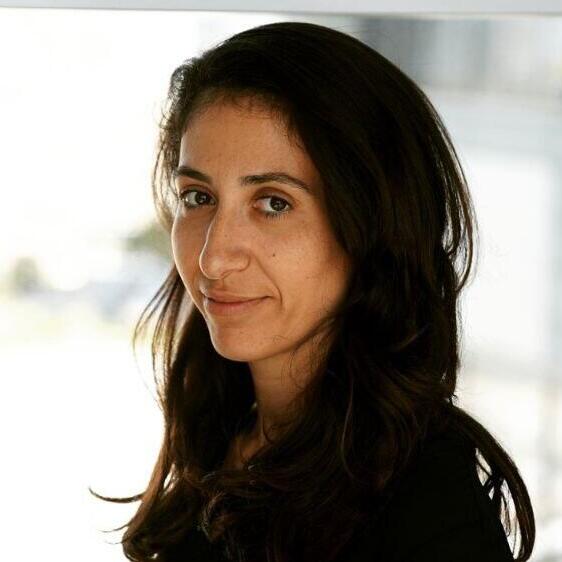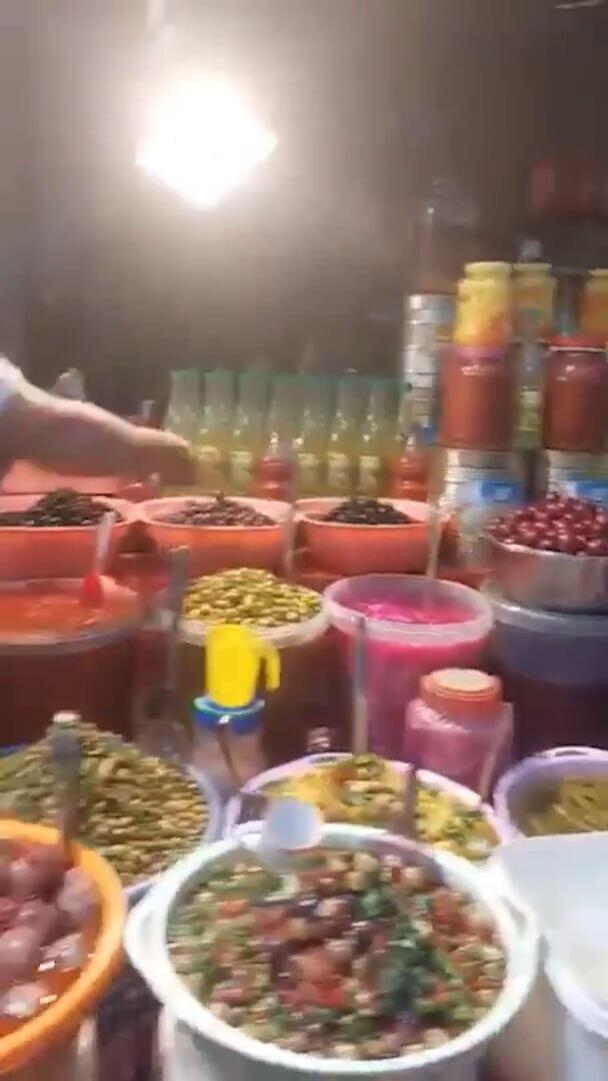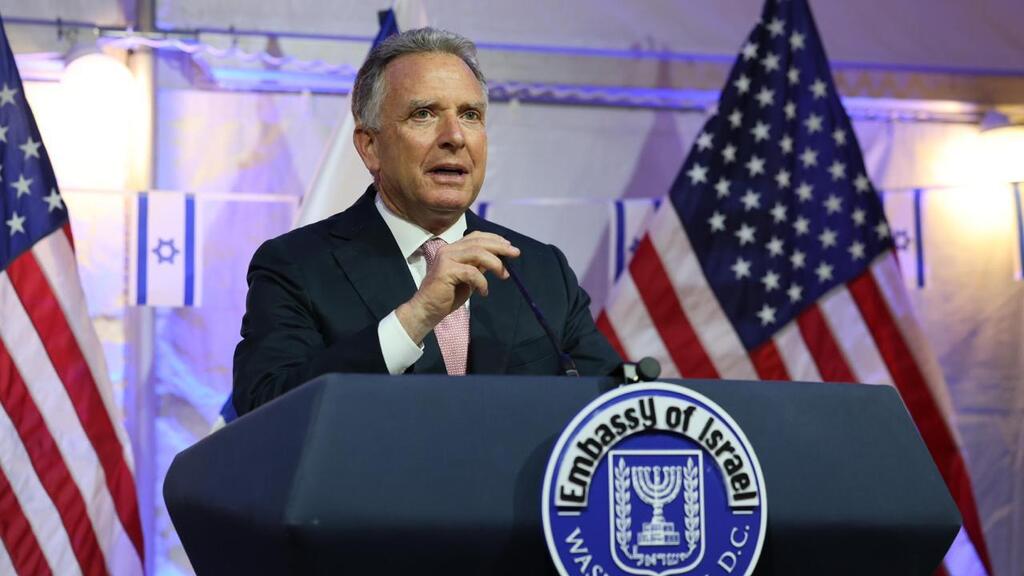The World Food Program (WFP) warned Sunday that families in Gaza are starving while food trucks pile up at the border, calling the situation “a race against time.” The organization urged the international community to take immediate action to restore aid flows into the Strip.
U.S. President Donald Trump addressed the issue on Friday, saying: “Many people are starving, a lot of bad things are happening there.”
Food market in Gaza City
His special envoy to the Middle East, Steve Witkoff, said in an ABC interview that the administration is working to ramp up humanitarian aid, including sending mobile kitchens and trucks filled with flour currently waiting at the border. “Everyone is concerned about the conditions in Gaza,” he said, while noting the logistical and safety challenges in delivering the aid.
U.S. Secretary of State Marco Rubio, a prominent supporter of Israel in the Trump administration, expressed concern over the humanitarian situation last Thursday. Egyptian President Abdel Fattah el-Sisi claimed during an Arab League summit in Baghdad on Saturday that Israel is using starvation and deprivation as a “weapon” against Gaza’s population.
Qatari Prime Minister and Foreign Minister Mohammed bin Abdulrahman Al Thani made a similar accusation in April, saying, “We cannot accept the starvation of Palestinians or the use of aid as a weapon.” Yemen’s Houthi leader Abdul-Malik Badreddin al-Houthi has repeatedly claimed that Israel is deliberately starving Palestinians.
While these allegations dominate political speeches and media headlines, the reality in Gaza appears more complex.
Though some markets in Gaza have been photographed empty, residents have also shared images and videos showing bustling food stalls, especially in Gaza City’s Al-Zawiya market. Despite war-related shortages and disruptions, food remains available in many areas, albeit at high prices.
Get the Ynetnews app on your smartphone: Google Play: https://bit.ly/4eJ37pE | Apple App Store: https://bit.ly/3ZL7iNv
“Even during the worst times in northern Gaza, people could still buy things — it was just expensive,” said Jacqui Peleg, director of Imshin, a project documenting life in Gaza. She monitors Gaza-based food-related businesses and shares current footage online that contradicts claims of widespread starvation.
“There are gaps. Some people can pay, some can’t. The poor go to soup kitchens, and many of those are privately run.” Peleg added that the narrative of starvation in Gaza long predates the war.
“They’ve talked about starvation throughout the war, but I keep seeing other images,” she told Ynet. “Sometimes they relied almost entirely on UN flour sacks. But even when the crossings were open and supplies came in, people still claimed they were being starved. During the start of Ramadan, the crossings were closed, yet people celebrated.”
“There’s less meat but there are still plenty of canned meat products, which people started throwing away after a while,” Peleg said. “When people returned to northern Gaza and found their homes gone, many moved into tents in Gaza City or onto the rubble. There’s real hardship, but it’s not uniform. Even people from destroyed areas can reach markets or distribution centers.”
Peleg said prices fluctuate based on border conditions: “Last week, when they thought the border crossings would reopen, prices dropped immediately—then rose again.” According to her, Hamas has been playing “a delicate game for years,” keeping the population very poor but not starving. “Even before the war, the terror group and those tied to it lived well.”
Israel has also challenged the starvation claims. The IDF’s Coordinator of Government Activities in the Territories (COGAT) recently responded on X (formerly Twitter) to the latest UN-backed Integrated Food Security Phase Classification (IPC) food security report, saying: “Even based on IPC’s own analysis, there is no famine in Gaza.”
COGAT called IPC’s terminology—such as “facing famine”—misleading and based on future projections that have repeatedly failed since the war began.
“The IPC keeps publishing alarming findings without releasing its data or analysis,” the statement read. “Its lack of transparency has been consistent. Its forecasts have repeatedly overstated the situation. The methodology for assessing Gaza’s food security is deeply flawed.”
COGAT also criticized the IPC’s reliance on UN sources that, during the ceasefire, reflected only about one-third of the actual aid entering Gaza. “Israel has published detailed analyses of these failures and the IPC has never responded.”
Witkoff said efforts are ongoing to resolve logistical barriers. “The question is: how do we get all those trucks into Gaza and how do we set up the aid stations?” he said. “It’s complicated and the conditions are dangerous. There are still unexploded shells everywhere. But we won’t let a humanitarian crisis occur under President Trump’s leadership.”







